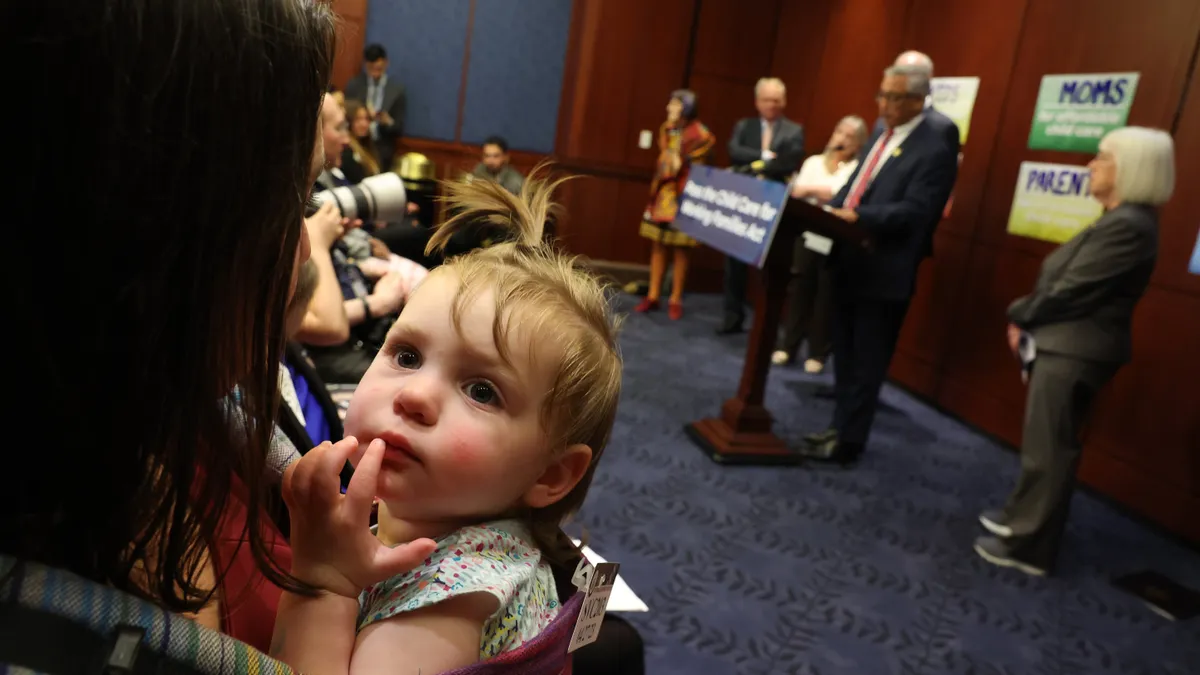Dive Brief:
- Employers said their biggest challenge this year is hiring top talent, but they're still not expected to offer significant wage increases to attract candidates, according to a PayScale poll of more than 7,000 HR managers and senior executives. In the 2019 Compensation Best Practices Report, respondents said they hope to attract talent by offering better training and benefits, instead of raising base pay.
- According to key findings in the report, about 70% of respondents expect employee pay raises to stay at 3% or less on average. More than 40% of employers gave raises of 10% or more for some jobs within their organization; employers said they plan to give substantial raises to people with hard-to-find skills in highly competitive jobs, such as IT positions.
- The number of respondents concerned about retention rose by 7% since 2018, the report found. Almost 60% of respondents will increase investments in training and development, 44% now offer remote work options (up from 39% last year), and 37% said they now offer flex time.
Dive Insight:
Research has provided mixed results in trying to determine whether money is the biggest motivator in a job seeker's decision-making process. A Glassdoor study found that it's the most important factor for 67% of candidates, but a poll from the American Institute of CPA revealed that 80% of respondents would prefer a job with good benefits over a job with better pay but no benefits.
Despite the debate over salary's ranking, employers must consider whether a base pay increase is worth the investment in getting a candidate to accept their job offer over a competitor's. In an employee-directed labor market, job seekers have the advantage; they can leave a job for one offering more pay or better benefits or, as candidates, accept a job offer from an employer that promises higher pay or superior benefits.
Mercer's 2018/2019 US Compensation Planning survey projected a modest salary budget increase for 2019 of 2.9% on average — only 0.1% more than 2018's salary budget increase. These numbers point to more months of stagnant wages for most workers. Employers in other polls and studies plan to offer benefits they said they believe are popular among workers, such as remote-work options, generous paid time off, and training and development programs. Studies have shown workers also favor meaningful work and volunteer opportunities through their jobs.
But how long will employers be able to avoid offering workers competitive wages that exceed inflation? That's the question they'll need to consider in 2019, as they continue to face talent shortages, the skills gap and possible increases in turnover.









